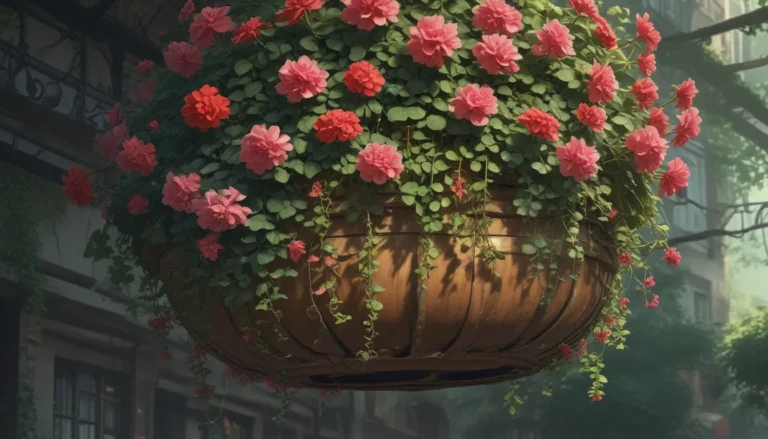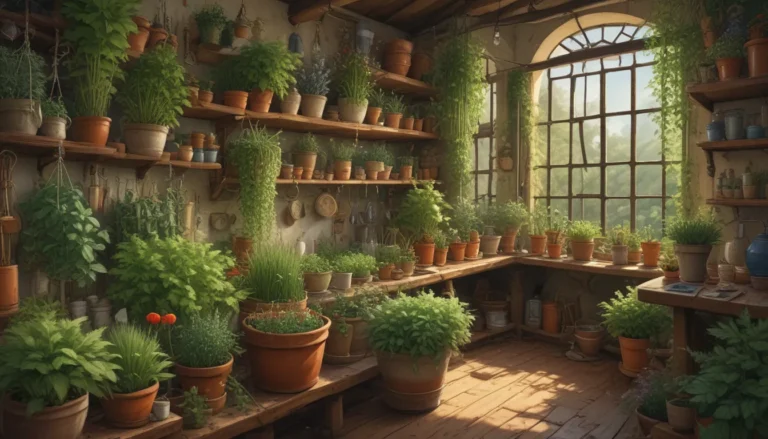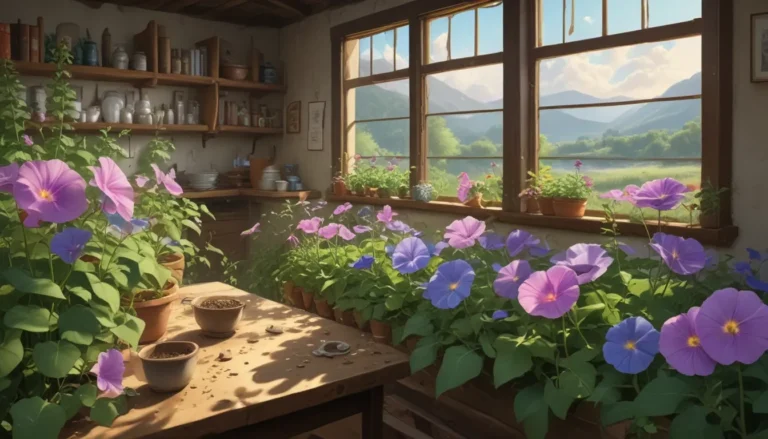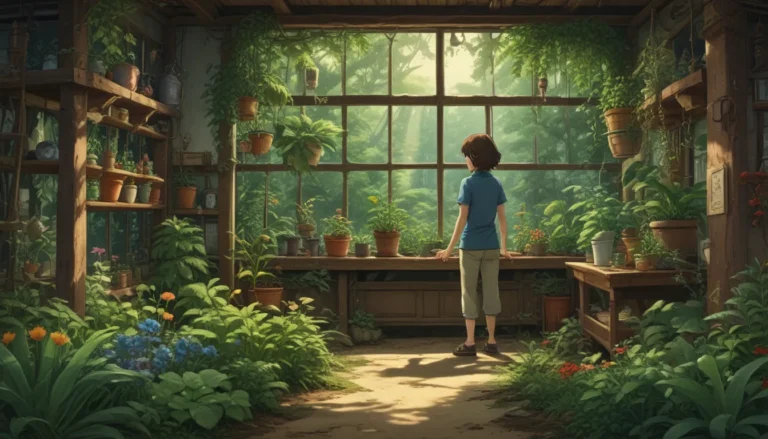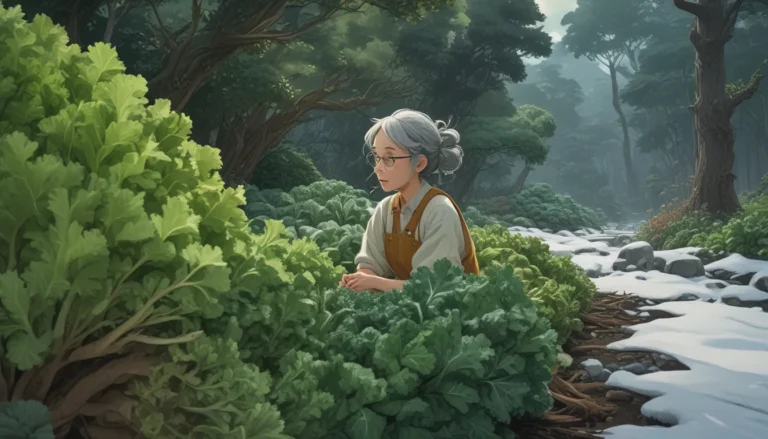Maximizing Your Fall Harvest with Cold Frames
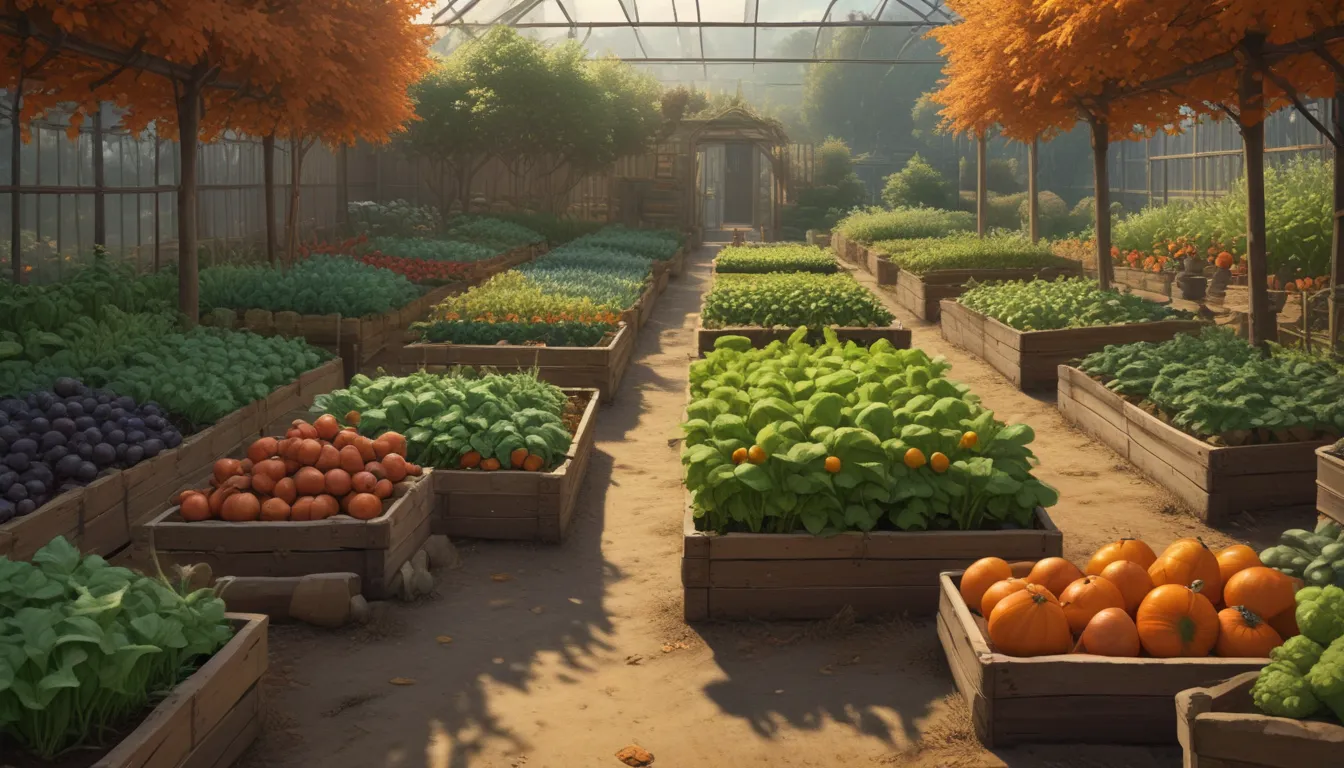
As the days grow shorter and colder, many gardeners are wrapping up their growing season and preparing for winter’s chill. However, for those in the know, the joy of gardening doesn’t have to end with the arrival of fall. With the help of a cold frame, you can extend your growing season well into the autumn months and even through the winter.
Unleash the Magic of a Cold Frame
Cold frames are simple yet effective structures that can help you protect your plants from frost, cold weather, and excess moisture. While they may not have all the bells and whistles of a greenhouse, they can provide a five to ten-degree increase in temperature, offering your plants the protection they need to thrive in cooler months.
These versatile structures can be used for a variety of purposes, from starting seeds and overwintering plants to protecting tender crops and hardening off seedlings. They are easy to construct using basic materials like scrap wood and old windows, making them a cost-effective way to extend your growing season.
The Many Uses of Cold Frames
Cold frames are the unsung heroes of the gardening world, offering a wealth of benefits to savvy gardeners. Here are some of the most common uses for these magical structures:
- Protect frost-tender annual vegetables from cold weather
- Start seeds outdoors
- Overwinter plants
- Harden off seedlings
- Root cuttings
By using cold frames strategically, you can enjoy fresh produce well into the winter months, while your neighbors are stuck with sad grocery store greens.
Finding the Perfect Spot
When it comes to maximizing the effectiveness of your cold frame, location is key. Choose a spot with southern exposure that receives at least four hours of sunlight per day. Ideally, the frame should be placed next to a brick or cement wall to benefit from the heat reflected off the building.
Good drainage is essential for cold frames, especially those that are sunk below ground level. Ensure that your frame is placed in an area with easy access to water and electricity, as these will be crucial for maintaining your plants throughout the season.
Constructing Your Cold Frame
Building a cold frame is a simple DIY project that can be completed using basic materials. The frame should have four walls and a clear roof, with the back of the frame taller than the front to promote water runoff. Materials like brick, concrete, or stone work best for walls, as they provide better heat retention than wood, glass, or metal.
If you don’t have the time or inclination to build your own cold frame, there are plenty of pre-made options available for purchase. Look for a frame that suits your space and needs, keeping in mind that larger frames will allow you to grow more crops throughout the season.
Starting Seeds in Your Magic Box
To start seeds in your cold frame, you’ll need a thick layer of seed-starting medium and a temperature of around 70°F. Plant seeds for fall crops at the beginning of fall or in late summer, ensuring that the medium is warm enough for germination.
Maintain the right level of moisture in the medium, opening the frame during the day to promote air circulation. As the seedlings grow, you can transplant them into a greenhouse or tunnel, or leave them in the cold frame to mature until harvest time.
Caring for Your Plants
Once your plants are mature, you can care for them in much the same way as you would in a traditional garden. Be mindful of watering, ventilation, and temperature control, adjusting these factors as needed to ensure your plants thrive.
While cold frames can protect your plants from pests and cold temperatures, it’s important to monitor them regularly and make adjustments as necessary. Investing in temperature-activated arms can help automate the process, ensuring your plants stay healthy and happy throughout the season.
Conclusion
Cold frames are truly magical tools that can transform your fall gardening experience. By extending your growing season and protecting your plants from the elements, these structures allow you to enjoy fresh produce long after summer has passed.
Whether you’re a seasoned gardener looking to expand your growing season or a newbie eager to try your hand at fall gardening, a cold frame is an invaluable addition to your gardening arsenal. With a little creativity and care, you can turn your fall garden into a thriving oasis of fresh, homegrown produce.
What will you be growing in your magic box this fall? Share your thoughts in the comments below and let us know how you plan to make the most of your cold frame this season. Happy gardening!
